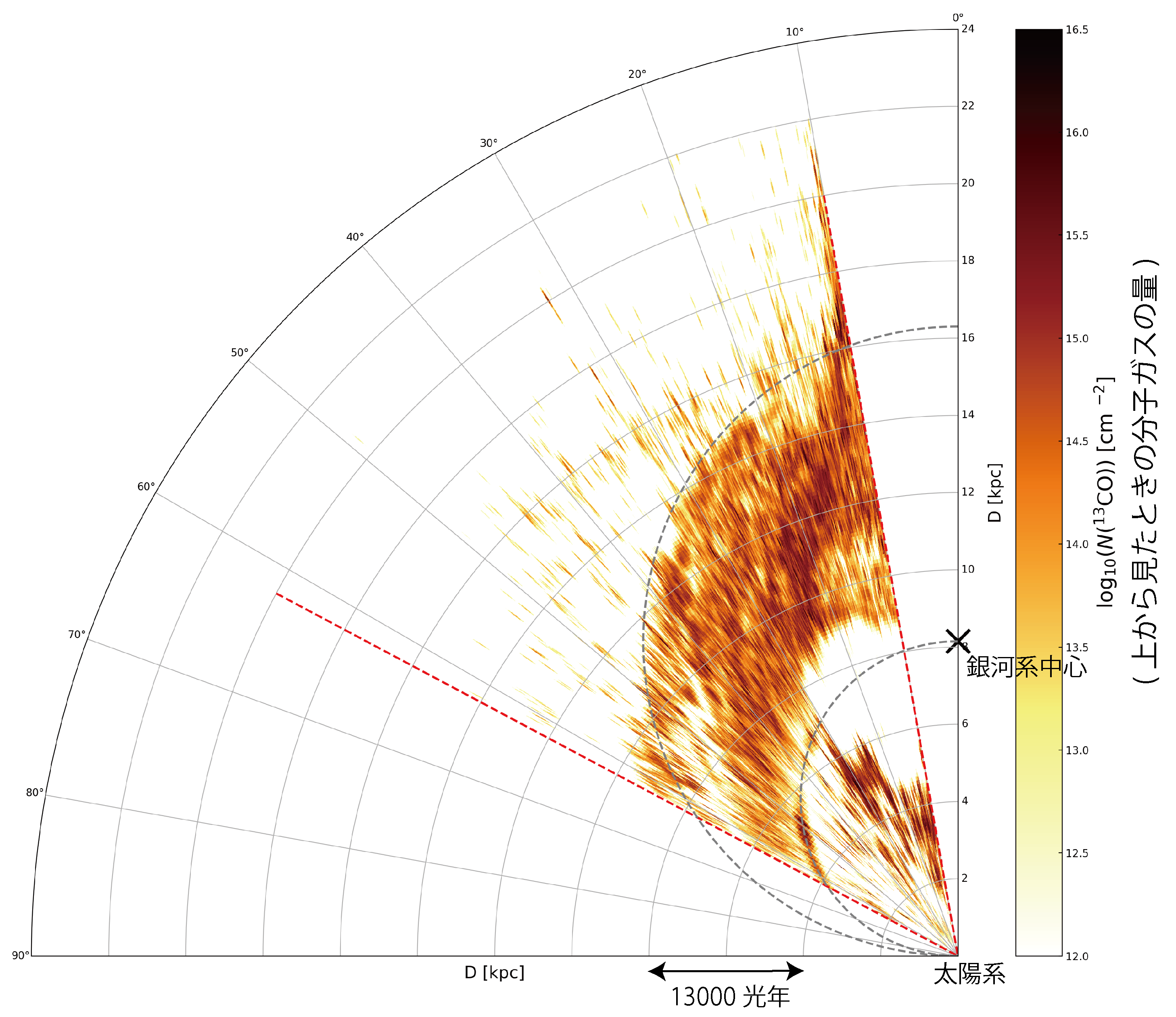 January 30, 2023
Press Release
January 30, 2023
Press Release
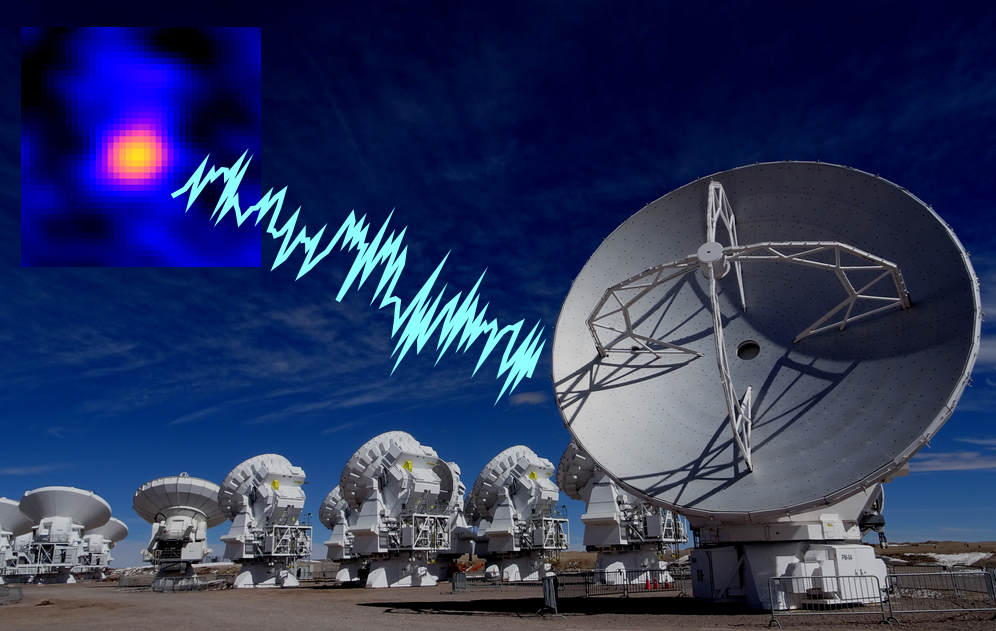 November 28, 2022
Press Release
November 28, 2022
Press Release
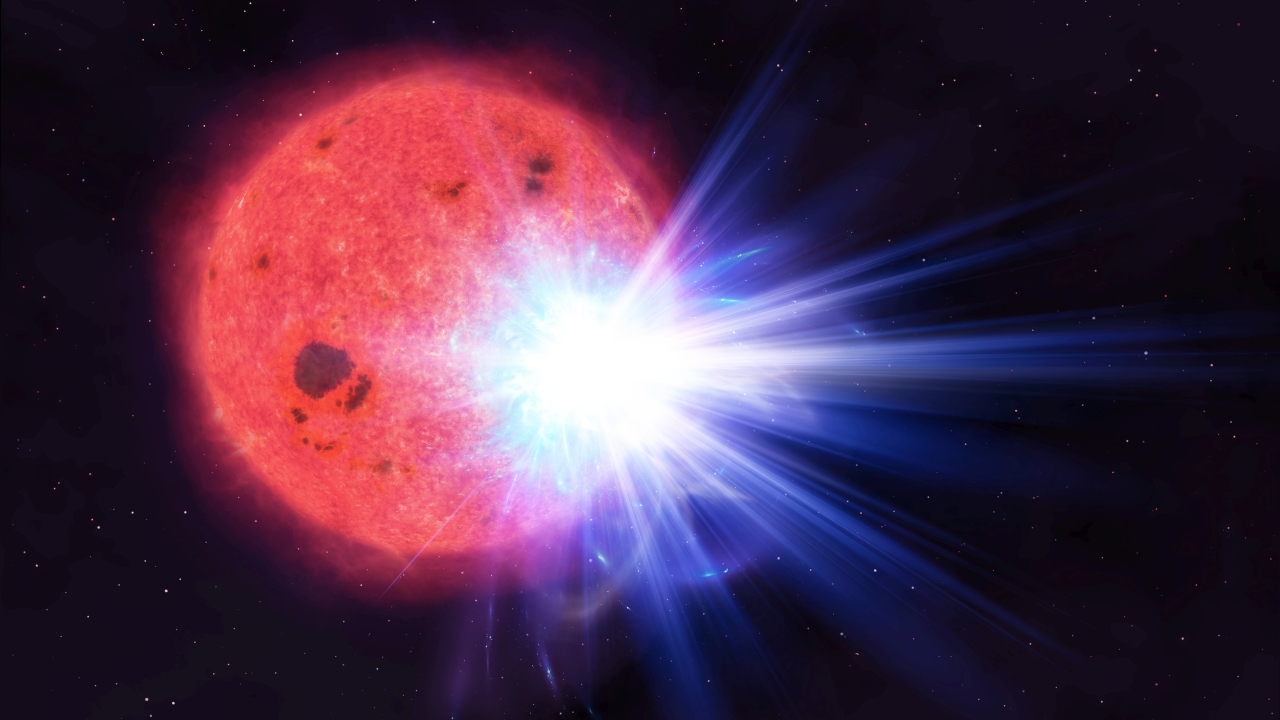 August 9, 2022
Press Release
August 9, 2022
Press Release
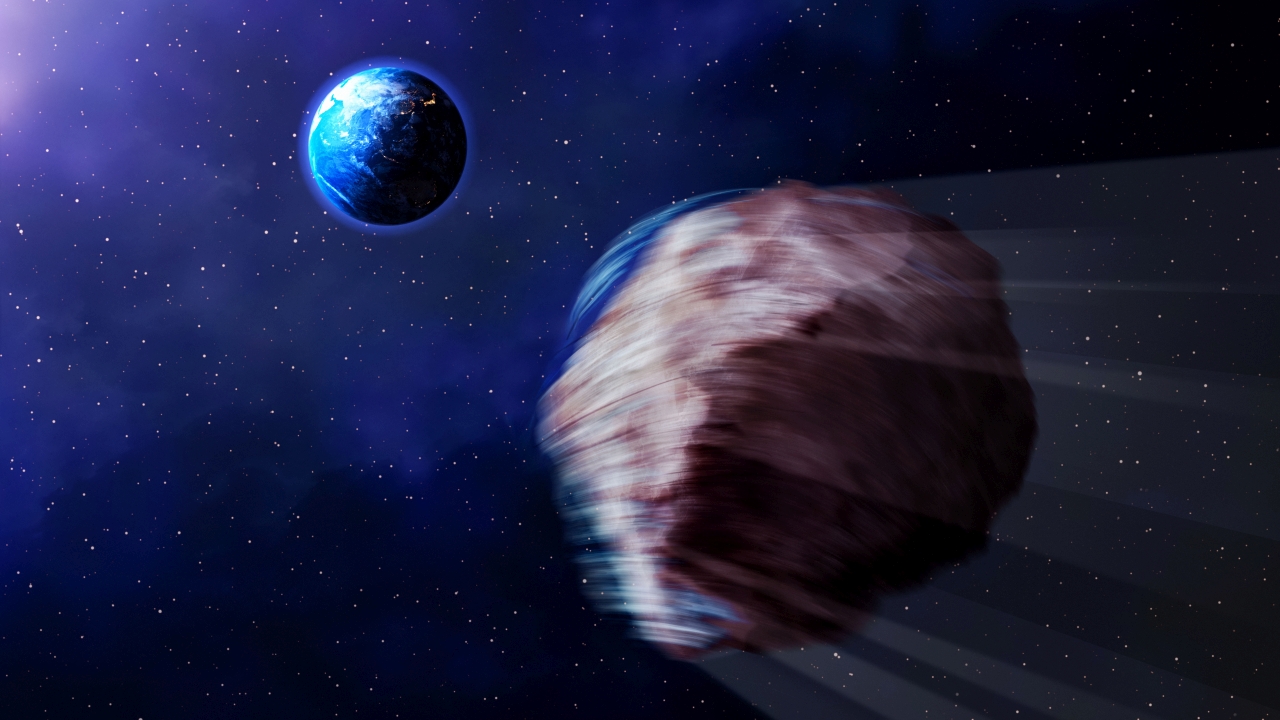 July 13, 2022
Press Release
July 13, 2022
Press Release
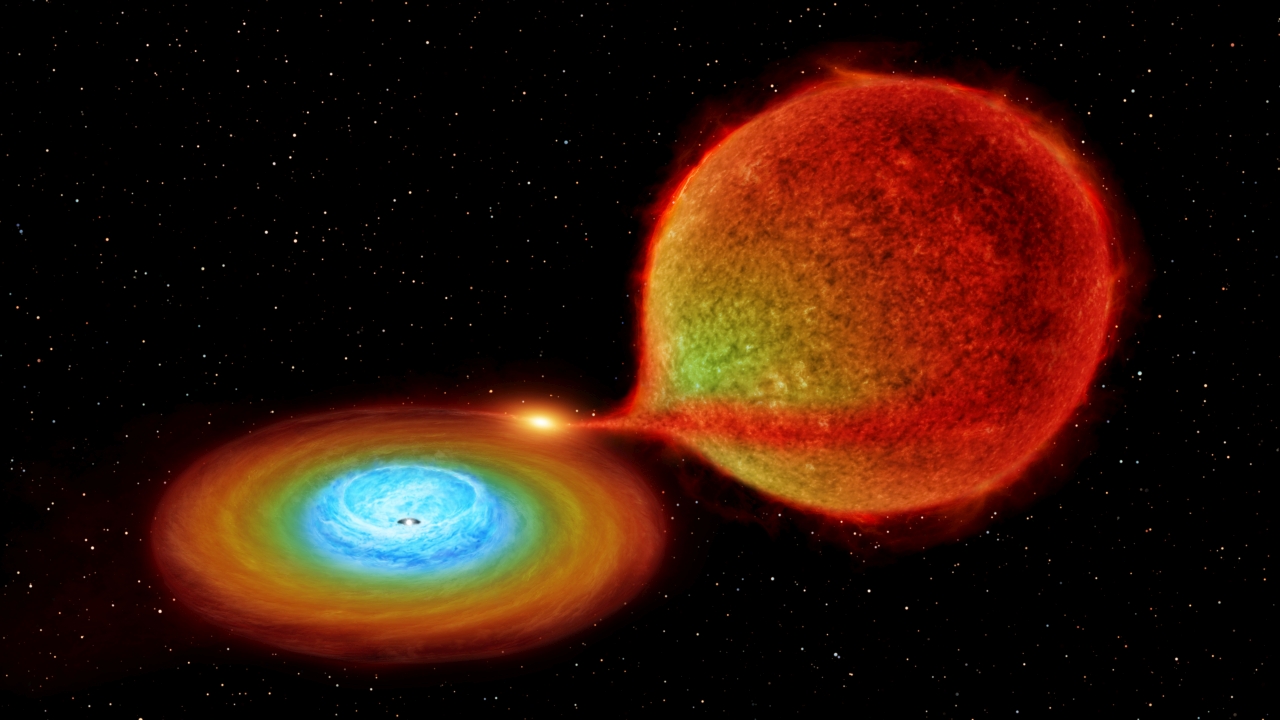 May 18, 2022
Press Release
May 18, 2022
Press Release